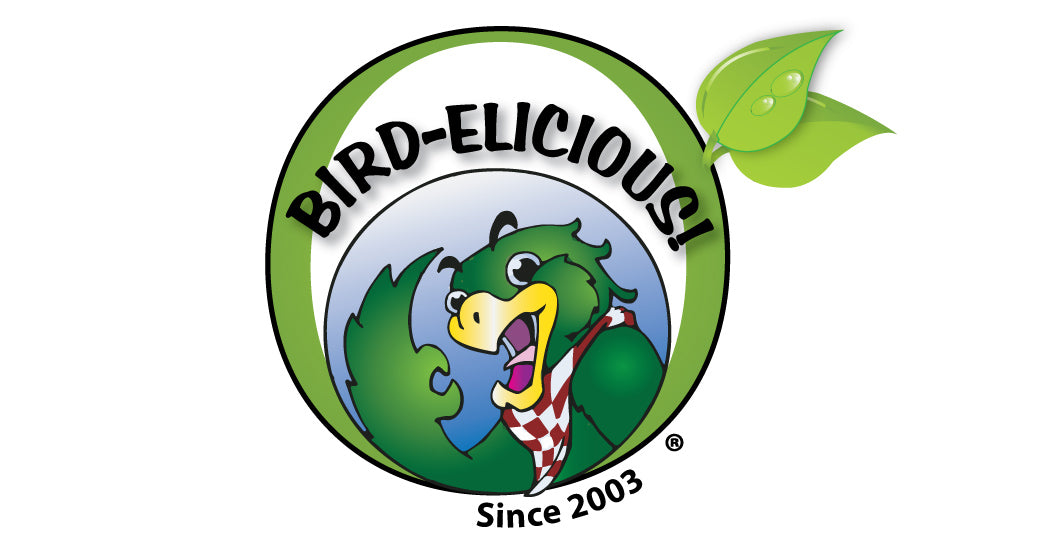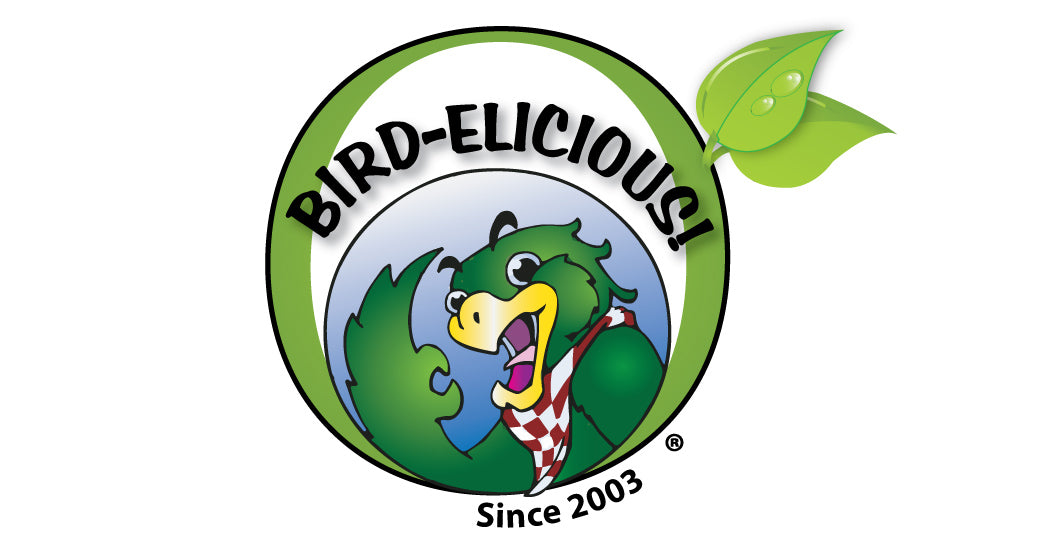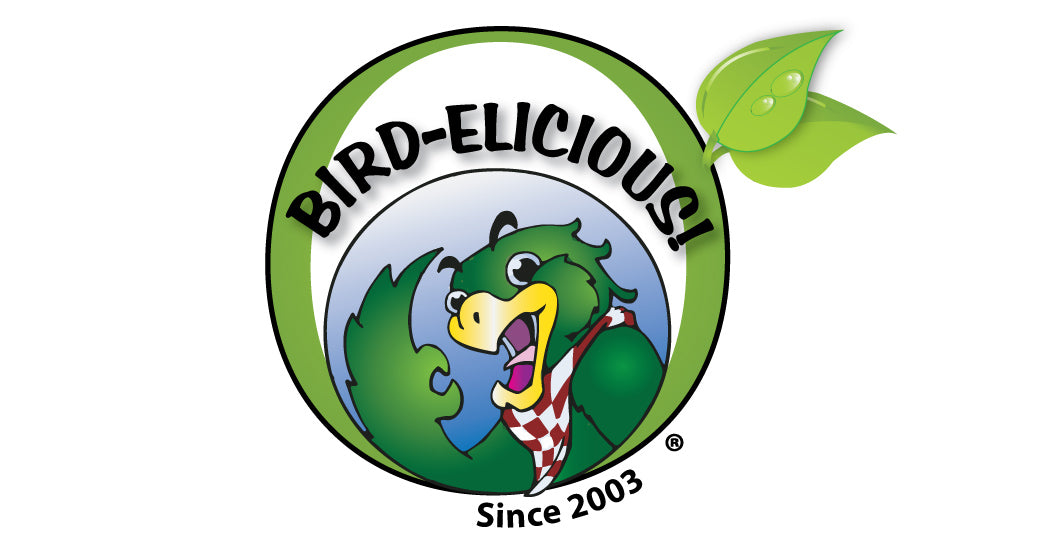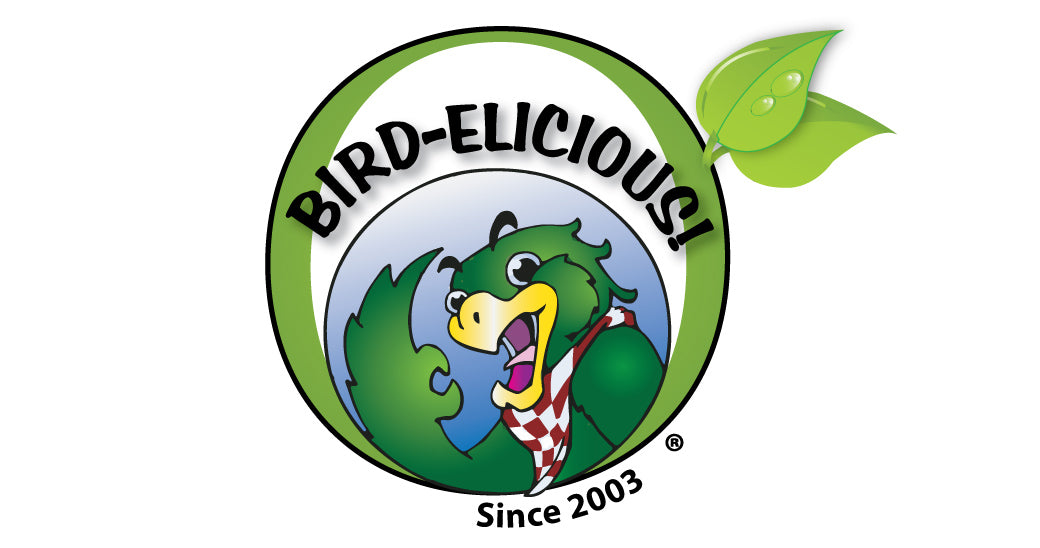Yeast infections are a common problem in our companion exotic birds, but they don’t have to be.
Most of us know what yeast infections are, but let’s go over the medical explanation for those who may be new to this infection.
For the most part, all living creatures have a small amount of candida living in and on them to some degree. It’s when an overgrowth occurs, or a full outbreak that is of concern. This happens when the body’s microbial count becomes imbalanced.
“Candida albicans” or more often referred to as “yeast overgrowth” is a fungal infection that occurs when the gut flora in the digestive tract becomes imbalanced. However, keep in mind there are over 20 different species of candida, but candida albicans is the most common. It is a fungal infection and can be so invasive that it ultimately enters the blood system. Fortunately there are symptoms telling us of its presence long before it enters the blood system so that we can take action to rid our bird of this fungus long before it becomes that invasive.
Often we hear armchair nutrition experts tell the avian community that yeast infections are the result of feeding fruit and blame it on the sugar in that fruit. This is absolutely false information. Let me explain.
While sugar can be antagonist, it’s the combination of foods in the digestive tract at the same time that causes the dysbiosis of the gut flora to go haywire causing candida, not the fruit or the sugar in the fruit. The sugar in the fruit acts as a catalyst to help the candida grow, but the candida has to already be present in order for the sugar to help it grow!
But wait, there’s more. If your bird has been reared on food that lacks digestive enzymes chances are your bird lacks healthy gut flora to begin with. How would you know? Try to find out if your bird was hand reared from hatch. If your bird never received its parents’ crop food it got off on the wrong leg. Baby birds need their parents’ crop food so they will receive the kind of digestive bacteria implanted at the very beginning of their young lives all birds need to thrive. Healthy “bird” species-specific bacteria can only come from one source: other birds. If a baby bird does not receive its parents’ gut bacteria at hatch fungal infections and all other kinds of bacterial and viral infections are more likely to occur throughout a bird’s life because the bird doesn’t have the initial species-specific bird gut bacteria introduced at hatch in which to help fight off disease. Baby birds need to remain with their parents for a minimum of two weeks up to a year depending on the species of the bird.
In addition, was your baby bird reared on fresh, raw foods or highly processed commercial baby bird foods by tube feedings, spoon feedings or syringe feedings? If your bird was raised strictly on highly processed commercial baby bird foods that we manufactured using high heat and extrusion there is another point against your bird’s digestive health. Highly processed baby bird food doesn’t contain live and active digestive enzymes in which to help a baby bird’s digestive tract grow healthy gut flora. This presents the opportunity for fungal infections like candida to grow. Baby birds need to be fed a kind of baby bird food that is not highly processed, but produced in such a manner that the digestive enzymes of the ingredients, the original proteins, the naturally occurring carbohydrates, fatty acids, vitamins and minerals are not destroyed during the production process. Furthermore baby bird food should contain ingredients that are “green food” based, not grain based. Green foods contain plant proteins, naturally occurring Vitamin A, and Omega 3s as well as many naturally occurring other vitamins and minerals birds require in their nutritional profile.
Then if that baby bird is transitioned to highly processed commercial kibble, high in grains, glutens and Omega 6s the environment in the bird’s digestive tract is perfectly prepared for the growth of candida. Add any starchy foods such as additional cooked grains, legumes, potatoes, starchy squashes, and top it off with any high-fructose domestic fruit and you have a perfect storm for candida albicans!
Finally, if a bird becomes ill and even one round of anti-biotics are administered any healthy gut flora that a bird may have is almost totally wiped out. So if a bird’s gut flora is already compromised due to the above feeding practices; maybe it did not receive its parents’ crop food at hatch and/or it was reared on highly processed commercial baby bird food and went on to be feed highly processed commercial kibble, then anti-biotics were administered that bird is wide open to reoccurring fungal infections like candida not to mention other bacterial and viral infections as well. In situations such as these yeast infections are almost impossible to avoid.
While we may have no control over how our birds were fed at hatch, or how they were fed as babies, we do have control how they are fed now. It is our responsibility to take control of their daily feeding plans and turn things around for them so we can help stave off disease in their lives going forward.
Get your bird off highly processed commercial kibble. These kinds of diets are high in grains that contain indigestible gluten, high in pro-inflammatory Omega 6s, some contain preservatives, colorings, flavorings like maltodextrin that contains MSG (even though the manufacturer is not required to state it) and synthetic, laboratory-produced vitamins instead of naturally occurring vitamins. Some highly processed kibble even contain added refined sugar! Many times the manufacturer uses carrier oils that are low grade hydrogenated oils used to carry synthetic Vitamin D piggy-backed in on synthetic Vitamin A. These are the kinds of kibble that lay the ground work for yeast infections. Then when we add cooked grains, legumes and other commercial snacks with similar ingredients to our bird’s diet along with high-fructose domestic fruit a very unhealthy cesspool of gut flora is created in our bird’s digestive tract.
Instead be sure you are feeding a minimally processed bird food in which the ingredients are not grains, but instead, greens, tropical fruit, sprouted items, and nuts. Also feed fresh, raw and organic foods to your bird. Find a good soil-based probiotic. Soil based probiotics are the closest we can get to what our birds would consume in the wild. They eat dirt which is a natural probiotic. Think about it; plants and seed fall to the ground and degrade into the soil creating a natural probiotic. In the wild when birds peck at the soil they consume this natural probiotic; their gut flora benefits from this mix of deteriorated plants and minerals. Between the natural enzymes in the foods they eat and dirt they would eat in the wild this is all they need to create healthy gut flora. I recommend Terramin clay and Vitality Science for their probiotics. Both are the correct particle size for their digestive tract and contain no bacteria to help digest dairy. Nature didn’t create birds to consume and digest dairy products; they should not consume a probiotic that contains bacteria to help them digest dairy. Introducing that kind of bacteria to their digestive system can cause more harm than good.
Next time you hear someone blaming a yeast infection on something as simple as “sugar from fruit”, remember this article. It’s never as simple as one ingredient; many steps lead up to yeast infections, especially when those yeast infections become reoccurring which they usually do once a bird has one infection if the overall diet is not corrected.
How can you fight a yeast infection once your bird has one?
UPDATE 2.7.20: Since writing this article I have found that using Nascent Iodine at the rate of 1 to 2 drops of a gallon of filtered drinking water, for 2 weeks on and 2 weeks off gently destroys candida in exotic birds. It is recommended that Nascent Iodine is added for only a total of 6 weeks. Then if your bird is still suffering yeast die-off wait 4 weeks and begin the same dosage again for no more than 6 weeks. And to boot, most captive birds actually need a little additional iodine for thyroid health since our soils are depleted of naturally occurring iodine and thus produce contains low levels of iodine.
Oregano Oil doesn't mix well with water, but it is effective. You can find organic, non-gmo Oat Extract glycerin, mix in one drop of the Oregano Oil in about 2oz of the glycerin and then administer one drop of the mixture directly into beak every other day for 2 weeks on and 2 weeks off until candida infection has cleared.
However, I have found using Oregano Oil in the drinking water is one of the best, natural and most efficient ways to fight a yeast infection. Using pharmaceuticals is like getting back on the merry-go-round. Most pharmaceuticals will only add to the imbalance of the bird’s gut flora causing even more problems. In addition, pharmaceuticals used to fight fungal infections are very hard on the liver. Oregano Oil does not cause an imbalance and can be used for a long period of time with no impairment to the liver or other organs. Furthermore Oregano Oil doesn’t kill of the good bacteria! I never, never use vinegar of any kind against yeast infections, especially if I have a feather destroyer I am attempting to help. When using Oregano Oil I only use ONE drop per 32 ounces of Fiji water; Oregano oil is strong and can actually burn your bird’s internal organs if it is used undiluted, so please use the dilution I recommend. Yes, I use Fiji drinking water for all of our Providence Exotic Bird Sanctuary residents. Why? Fiji is spring water with naturally occurring minerals and at just the right pH balance. We want our birds’ bodies to be kept on the slightly alkaline side. Highly processed foods like kibble tilt our birds to the acidic side.
In the end, please get your bird on a “living diet” of minimally processed food, as well as fresh, raw foods and water that is on the alkaline side of the pH scale. Feeding in this manner will help keep your bird in tip-top homeostasis and will help avoid yeast infections as well as all other kinds of bacterial and viral diseases!
©4.23.16 Machelle Pacion Passion Tree House LLC All Rights Reserved




Machelle
February 07, 2020
I have updated this article. Please re-read to view the update.
Thank you!